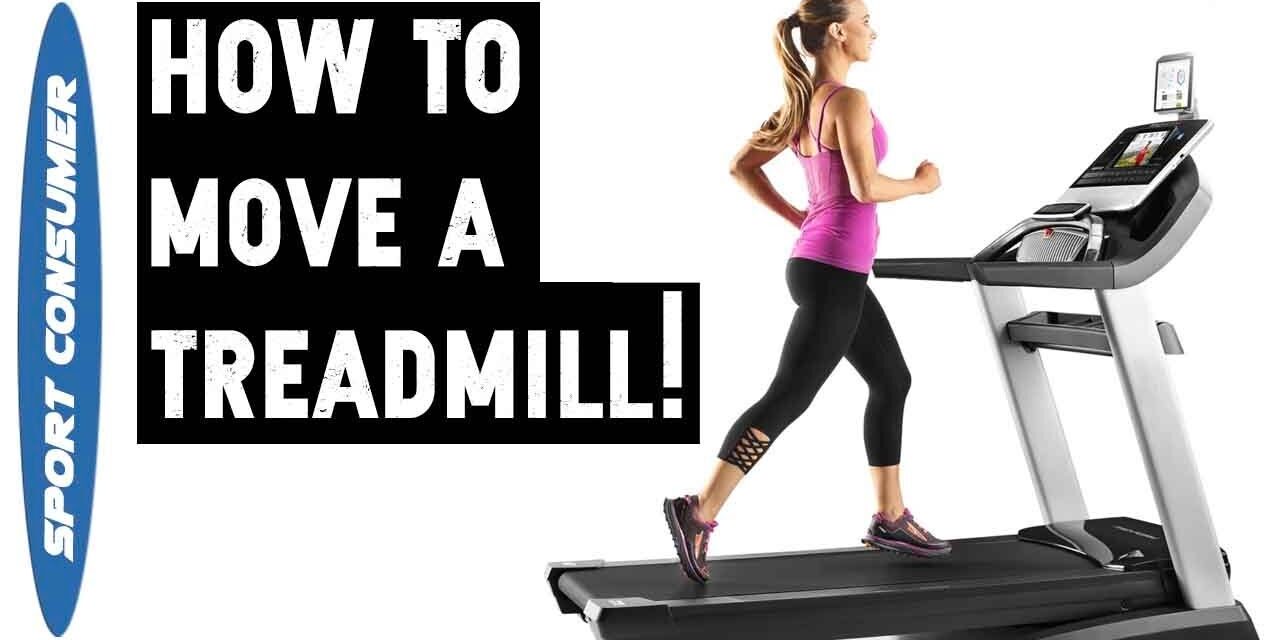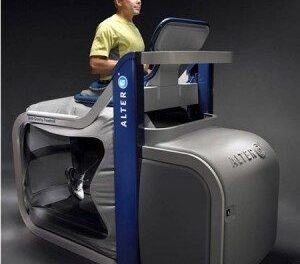Need to move your treadmill but not sure where to start? Look no further! In this article, we’ll provide you with a step-by-step guide on how to move a treadmill safely and efficiently. Whether you’re relocating to a new home or simply rearranging your workout space, these tips and tricks will ensure a smooth transition for your exercise equipment. So let’s get started and make moving your treadmill a breeze!
Assessing the Weight and Size of the Treadmill
Moving a treadmill can be a daunting task, but with proper planning and preparation, it can be done safely and efficiently. The first step is to assess the weight and size of the treadmill. This will help you determine the amount of manpower and equipment needed for the move.
Checking the weight of the treadmill
Before you start planning the move, it’s essential to know how heavy your treadmill is. Most treadmills will have the weight information listed in the user manual or on the manufacturer’s website. If you can’t find this information, you can use a bathroom scale to weigh the treadmill.
Determining the size and dimensions
In addition to knowing the weight of the treadmill, you also need to consider its size and dimensions. Measure the length, width, and height of the treadmill to ensure that it can fit through doorways and navigate any tight spaces during the move. It’s crucial to take accurate measurements to avoid any surprises or difficulties later on.
Preparing for the Move
Proper preparation is key to a successful treadmill move. This involves securing the necessary equipment and tools, clearing the pathway, and measuring the doorways and stairs.
Securing necessary equipment and tools
Moving a treadmill requires certain tools and equipment to ensure a safe and efficient move. Some essential items you may need include furniture sliders, moving straps, a dolly or hand truck, and packing materials such as bubble wrap or moving blankets. Make sure to gather all of these items before you begin the move to avoid any delays or complications.
Clearing the pathway
Before moving the treadmill, it’s important to clear the pathway of any obstacles or hazards. This includes removing furniture, rugs, or any other items that may impede the movement of the treadmill. By creating a clear pathway, you’ll be able to maneuver the treadmill more easily and minimize the risk of accidents or damage to your belongings.
Measuring the doorways and stairs
Measure the width and height of all doorways and staircases that the treadmill will need to pass through. This will help you determine if the treadmill can fit through these areas without any issues. If you find that the treadmill is too wide or tall to fit through a doorway or navigate stairs, you may need to consider alternative routes or disassembling the treadmill to make it more manageable.

This image is property of i.ytimg.com.
Disassembling the Treadmill
Depending on the size and design of your treadmill, you may need to disassemble it before you can move it safely. This typically involves taking off any removable parts, unplugging and removing any electronics, and folding the treadmill deck if applicable.
Taking off any removable parts
Check the user manual or manufacturer’s instructions to see if there are any parts of the treadmill that can be easily detached. This may include the handrails, console, or any other components that can be removed without compromising the treadmill’s stability. Carefully remove these parts and set them aside for safekeeping.
Unplugging and removing any electronics
Before you disconnect any electronic components, make sure to turn off the treadmill and unplug it from the power source. Take extra care when handling any electrical wires or connectors. Label or document the connections to ensure easy reassembly later on. Keep all the electronics together in a safe place to prevent loss or damage during the move.
Folding the treadmill deck (if applicable)
Some treadmills have a folding feature that allows you to fold the deck upward, reducing its overall size. If your treadmill has this feature, follow the manufacturer’s instructions to safely fold the deck. Make sure it locks securely in the folded position. Folding the deck will help make the treadmill more compact and easier to transport.
Lifting and Moving the Treadmill
Moving a treadmill requires proper lifting techniques to avoid injury and ensure a smooth transition. Additionally, using specialized equipment such as a dolly or moving straps can make the task more manageable.
Using proper lifting techniques
When lifting the treadmill, always remember to use your legs and not your back. Bend at the knees, keep your back straight, and lift with your leg muscles. Avoid twisting your body while carrying the treadmill, as this can lead to strain or injury. If the treadmill is particularly heavy, consider enlisting the help of another person to distribute the weight evenly.
Using a dolly or moving straps
A dolly or hand truck can be a lifesaver when it comes to moving heavy items like treadmills. Use a dolly with straps or a platform to securely transport the treadmill. If you don’t have access to a dolly, moving straps can be an alternative solution. These straps help distribute the weight of the treadmill and provide additional support during the move. Whichever method you choose, make sure the treadmill is properly secured and won’t shift during transportation.
Removing any obstacles or hazards
Before moving the treadmill, remove any obstacles or hazards along the path to ensure a safe and smooth journey. This may include moving furniture, rugs, or any other items that may cause accidents or hinder the movement of the treadmill. By clearing the area, you’ll be able to navigate through any tight spaces or corners without any difficulties.
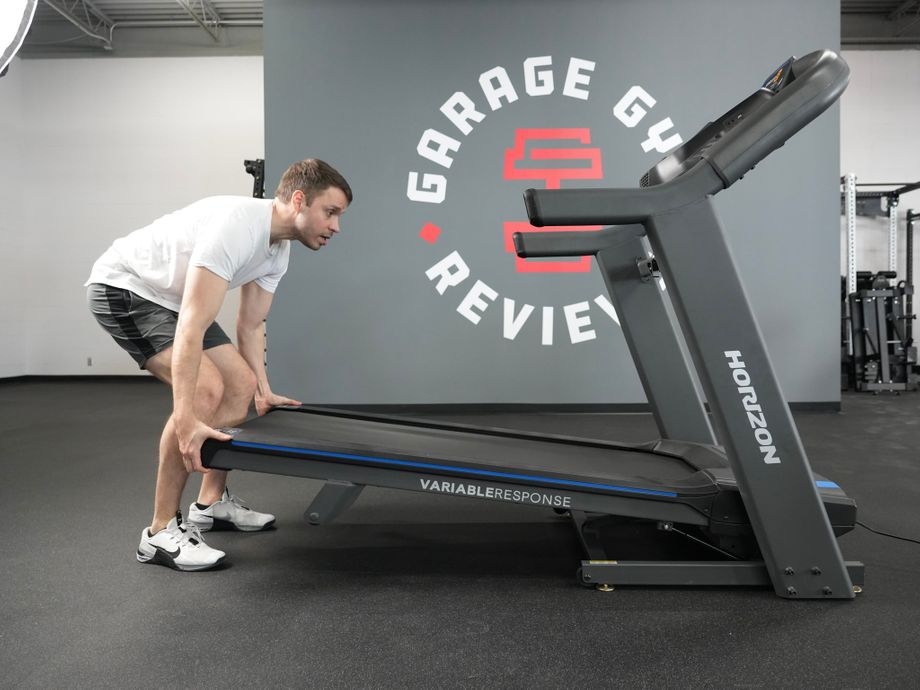
This image is property of www.garagegymreviews.com.
Navigating Stairs and Narrow Spaces
Moving a treadmill up or down stairs or through narrow spaces can be challenging. However, with careful planning and the right techniques, you can successfully navigate these obstacles.
Enlisting help for staircases
If you need to move the treadmill up or down a staircase, it’s highly recommended to have additional help. Trying to maneuver a heavy treadmill on stairs alone can be dangerous and potentially result in injuries. Team up with a strong and reliable individual to assist with the lifting and balancing of the treadmill. Take it one step at a time and communicate effectively to ensure a smooth and safe ascent or descent.
Using ramps or alternative paths for narrow spaces
In case you encounter narrow spaces or doorways that the treadmill may not fit through, consider using ramps or alternative paths. Ramps can provide a gradual incline, allowing you to roll the treadmill instead of lifting it. Make sure the ramp is secure and stable to prevent accidents. If no ramps are available, explore other options such as removing a door frame or disassembling the treadmill further to fit through tight spaces.
Loading the Treadmill into a Vehicle
Loading the treadmill into a vehicle requires careful consideration of the type of vehicle, securing the treadmill, and protecting it during transportation.
Choosing an appropriate vehicle
When selecting a vehicle for transporting the treadmill, consider its size and capacity to accommodate the weight and dimensions of the equipment. A truck or SUV with a large cargo space would be ideal. Make sure to clean the vehicle’s cargo area and remove any dirt or debris that may damage the treadmill during transit.
Securing the treadmill in the vehicle
Once you have chosen the vehicle, secure the treadmill to prevent it from moving or sliding during transportation. Use straps or bungee cords to fasten it securely to anchor points within the vehicle. Make sure the treadmill is stable and won’t shift during sudden stops or turns. Double-check the security of the ties before hitting the road.
Protecting the treadmill during transportation
To protect the treadmill from any potential damage during transportation, use blankets or moving pads to cushion it. This will help prevent scratches or dents caused by shifting or vibrations during the drive. Additionally, avoid placing any heavy or sharp objects on top of the treadmill to minimize the risk of damage.
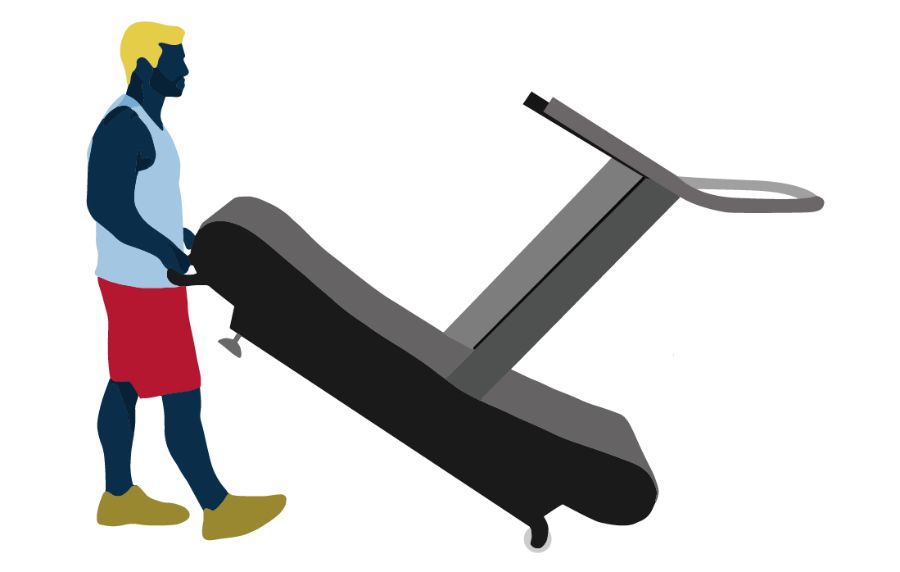
This image is property of www.garagegymreviews.com.
Unloading and Setting Up the Treadmill
Once you have reached your destination, it’s time to unload the treadmill and set it up in its new location.
Carefully unloading the treadmill
When unloading the treadmill from the vehicle, take your time and be cautious. Follow the reverse process of loading, ensuring the treadmill is properly secured to prevent any accidents or injuries. Use proper lifting techniques and consider the help of others if needed.
Reassembling any disassembled parts
If you had to disassemble any parts of the treadmill, now is the time to reassemble them. Refer to the user manual or your previous documentation to correctly reconnect any wires or components. Take your time and double-check everything to ensure the treadmill is fully assembled and ready for use.
Plugging in and testing the treadmill
Before you start using the treadmill, plug it back into a power source and test its functionality. Make sure all electronic components are connected properly and that the treadmill powers on without any issues. Take a moment to inspect the treadmill for any visible damage or loose parts. Once you are satisfied with its condition, you can start enjoying your treadmill once again.
Moving Tips and Safety Precautions
Moving a treadmill can be a challenging task, but by following a few tips and safety precautions, you can ensure a smooth and accident-free move.
Disabling treadmill safety features
Prior to moving the treadmill, it’s important to disable any safety features it may have. Consult the user manual or manufacturer’s instructions to ensure you properly disengage the safety features. This will prevent any unintended activation or damage during the move.
Using protective gloves and clothing
Wearing protective gloves can provide better grip and protect your hands from injuries while lifting and carrying the treadmill. Additionally, consider wearing appropriate clothing that does not restrict your movements and allows you to maintain a proper posture. Comfortable and secure footwear is also crucial to prevent slips or trips during the move.
Avoiding sudden movements or drops
When moving the treadmill, always move slowly and avoid sudden movements or drops. Abrupt movements can cause unnecessary strain on your body and increase the risk of accidents or damage to the treadmill. Take your time, communicate with your helpers, and maintain a steady pace throughout the move.

This image is property of boxlifemagazine.com.
Hiring Professionals for Moving Services
If you feel overwhelmed or unable to move the treadmill on your own, it may be worth considering professional moving services. They have the experience, tools, and expertise to handle the move safely and efficiently.
Considering professional moving companies
Research and inquire about professional moving companies that specialize in fitness equipment moves. Look for companies with positive reviews and a good track record. Contact them to discuss your specific requirements and obtain cost estimates. Professional movers can provide you with peace of mind, knowing that your treadmill will be handled with care.
Comparing quotes and services
When considering professional movers, don’t forget to compare their cost estimates, services offered, and additional insurance options. Some moving companies may offer packing and unpacking services, which can save you time and effort. Make sure to ask about any specific requirements you may have, such as stair navigation or tight space maneuvering.
Conclusion
Moving a treadmill requires careful planning, proper equipment, and safe practices. By following the steps outlined in this article, you can ensure a smooth and successful move for your treadmill. Always prioritize safety, take your time, and seek assistance if needed. Moving a treadmill may seem like a daunting task, but with the right approach, it can be accomplished efficiently and without incident. Remember to consider professional help if you are unsure or uncomfortable with moving the treadmill on your own. With these guidelines in mind, you’ll be well on your way to securely and confidently moving your treadmill from one location to another.
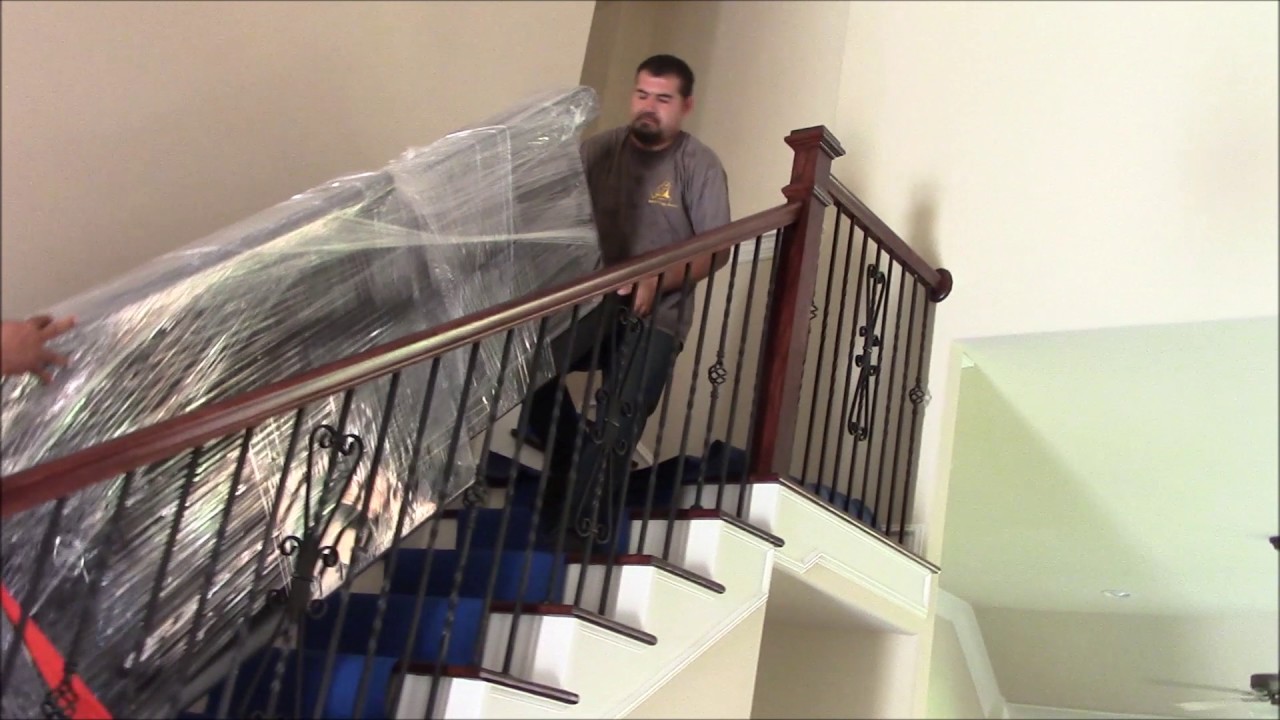
This image is property of i.ytimg.com.

